English | Dutch |
|
| Damn, there is a dead man on the street | |
San Salvador (El Salvador) to Léon (Nicaragua), January 2018
|
|
| |
|
After normal life in El Salvador has started again, after the holiday period around Christmas and New Year, we travel to the small mountain village of Tacuba. It is such a typical destination in the mountains, away from all the misery of the big city. At least that's what we thought. When we drove back to Ahuachapán after a few days, the road was partly blocked just outside the village. When everyone in the bus rose from their seats to look outside, we decided to do the same. Damn, there is a dead man on the street. It was immediately clear that the man had been shot through the head in cold blood, the usual way of gang liquidations in El Salvador. The corpse was not covered and the bright red colour of the blood in which the body lay, indicated that the shooting hadn’t happened long ago. A yellow ribbon had to keep watchers at some distance, but that did not stop some mothers with their young children, who wanted to see what happened. We in the West would protect our children from such horror sightings, and if they would accidentally see it, an army of social workers and psychologists would be ready to support the children, and perhaps the parents too. But not here in El Salvador. Here, the children's souls are prepared at an early stage in their life for the violent images they will see day in and day out. Hopefully not directly in their own environment, but for sure in every newspaper and in every TV news broadcast. Every day again. Censorship of gruesome images is not prevailing here. El Salvador is not a land for delicate souls. But we have one; we have been shocked by what we saw for several hours and even today, the image is still alive in our memory. |
|
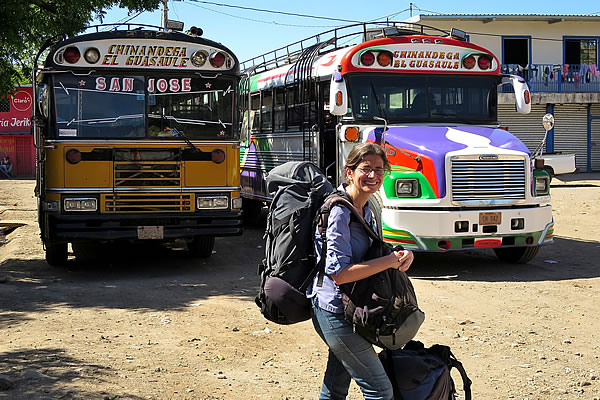 |
|
Waiting for the bus to leave in Gausaule (Nicaragua) |
|
Our next destination was the so-called Ruta de Las Floras (the route of the flowers). This road between Ahuachapán and Sosonate runs through a beautiful region with gorgeous views, and is the connecting road between some of El Salvador's most beautiful villages. This route is a popular weekend destination for richer people from San Salvador. We used the town Concepción de Ataco as a base to visit the rest of the villages by bus. And that was a good choice, because Concepción de Ataco is the most beautiful destination in the region. At least that’s our opinion. Slowly but surely we had to make a decision regarding a visit to Honduras. The presidential elections of last November led to calamities in Honduras because the opposition candidate did not want to acknowledge his loss. And that is understandable, because there are various signs that the incumbent president had used his power to control the outcome. Of course for his own advantage. The result is that the supporters of the opposition candidate went to the streets and clashed with the police and military, resulting in more than 20 casualties. The swearing in of the president is scheduled for the end of January, and that could be the moment that things are really getting ugly. In the end, we decide to go and not to go. "We go" in the sense that we make a small trip to the ruins of Copán, albeit in Honduras, it’s only 10 kilometres from the border with Guatemala. And "we go not" because we skip the rest of the country. At the moment it is too instable and we do not want to take risks that we’re uncomfortable with. The touristy Bay Islands (Islas de la Bahía) in the north of the country are safe to visit, but they were not really on our list of destinations that we wanted to visit. We especially wanted to go to tropical rainforests of the Moskitia in the northeast of the country. But to travel to this remote area, which is also used by drug smugglers, does not seem sensible to us. Certainly not if lawlessness breaks out when the country goes further into misery. |
|
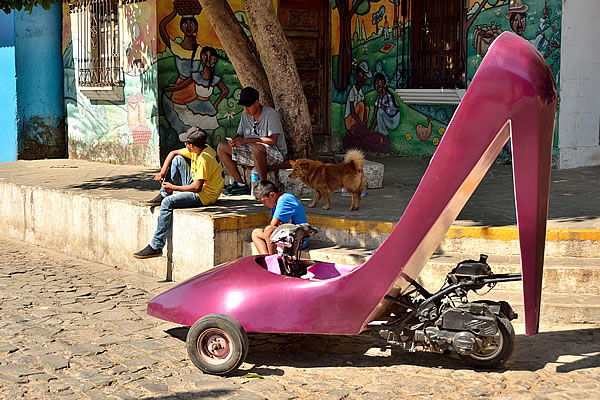 |
|
A cart for women |
|
| We eventually travel from El Salvador, via Guatemala, to Copán in Honduras. We stay there for a week and visit the ruins of Copán and make some nice walks in the area (see the photo presentation about Copán here). Via the exact same road we travel back to El Salvador (see a description of that trip here). We visit a few more destinations and finally end up in the second city of the country: San Miguel. It is a few days before the president's swearing in Honduras, and it is still tense in the country. Nevertheless, we decide to travel from El Salvador, via Honduras, to Nicaragua, and not to take the boat over the Gulf of Fonseca, with which we could circumvent Honduras. We did not see any roadblocks on the day of our trip through Honduras. We did see a lot of police on the road and here and there was a freshly burned car wreck in the roadside. But without any delay we reached the border with Nicaragua. The border formalities went smoothly. What a difference with twenty years ago, when border crossings could be a real pain in the ass! We first took the bus from the border town Guasaule to Chinandega and changed there to a minibus to Léon. According to many travellers, Léon is the most beautiful city in Nicaragua, and we agree with them. Perhaps the individual buildings of Granada are more beautiful, but the atmosphere in Léon is much more pleasant. There are also many tourists in Léon, but the city still lives its own life. This is in contrast to Granada, where mass tourism has really left its mark on the city. After a few hours we realize that Nicaragua is very different from Guatemala, Honduras and El Salvador. Nicaragua is certainly not the richest country in the region, but the country seems to be on the right track. Crime seems to be under control, and that is probably the reason why many tourists decide to come to Nicaragua. Many more tourists! Even tour groups with the older fellow travellers dare to come to Nicaragua today. And that is a good sign for the country. |
|
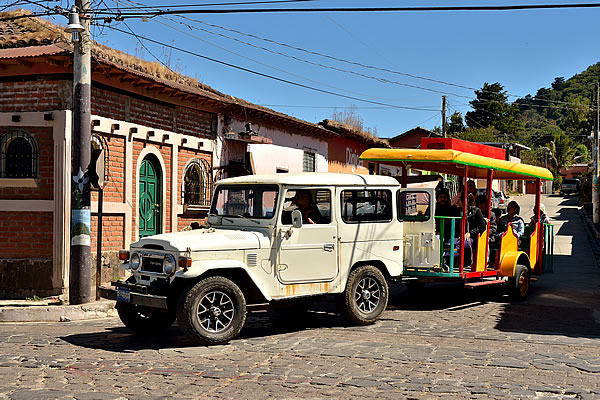 |
|
Fun for local tourists in Apaneca (El Salvador) |
|
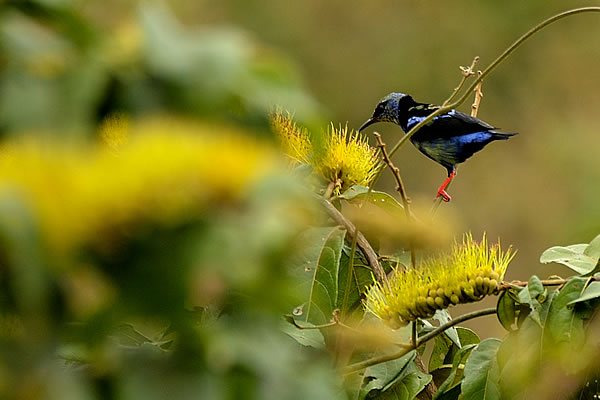 |
|
A Red-legged Honeycreeper in the hills around Copán |
|
 |
|
The ruins of Copán, one of Honduras' top attractions |
|
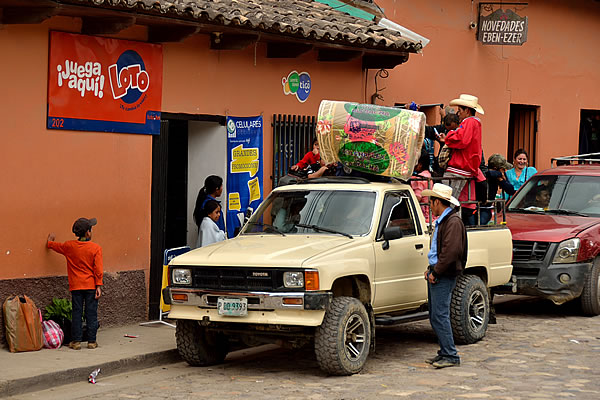 |
|
The pickup truck is still an important means of transport in rural Central America
| |
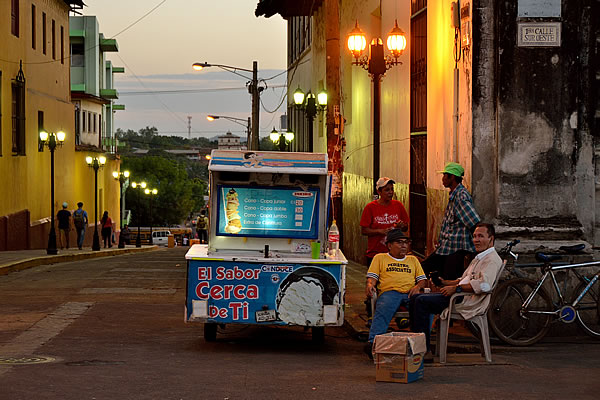 |
|
A street vendor selling ice creams in Léon (Nicaragua) |
|
| <Previous weblog> | |